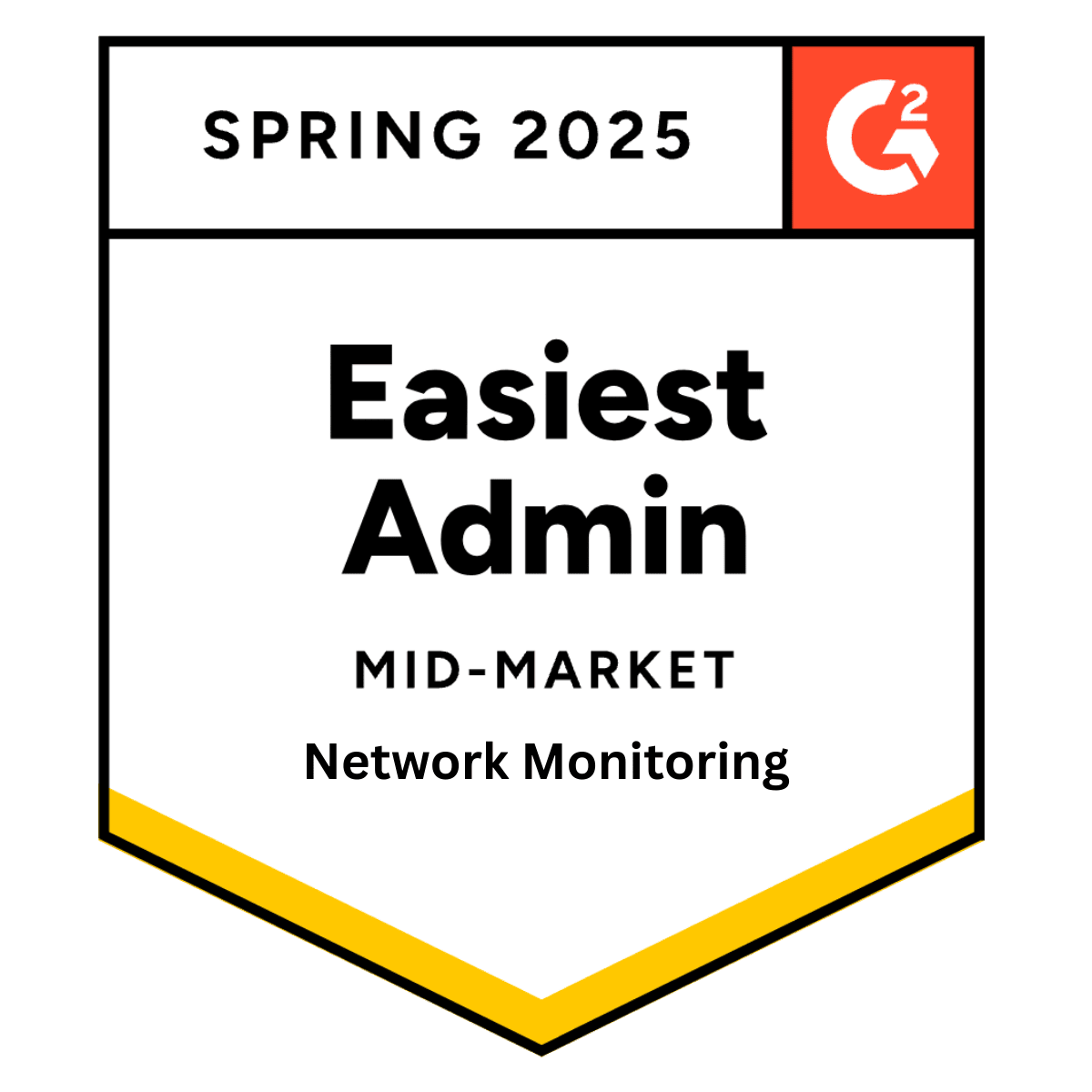
How to Avoid a 40-Minute Commute for a 30 Second Fix
Tuesday 10 March, 2015
The backup administrator was able to work remotely and never have made the 40-minute commute.
Traditional Support
Managing your IT infrastructure is a tough job and it's especially tough on those given the task of maintenance, on-call rotations, and outages. A filesystem fills up and an alert fires. A service fails and another alert goes out to administrators. A server goes offline and an alert eventually hits the mobile phones of the technical support staff. Unfortunately, the administrators who receive the alerts are sometimes far away from their computers and can't reach them in a timely manner to investigate or to resolve the issues at hand. On the surface, this looks like the perfect opportunity to implement a remote management solution so that administrators can respond immediately to alerts.
The problem with remote management solutions is that allowing remote access to administrative functions on critical servers and services is risky--risky from a security point-of-view. And then there's the issue of mobile device security looming overhead. However, your staff can't work 24 hours a day, seven days a week, 52 weeks a year and maintain constant vigilance over every aspect of a complex array of systems without some form of relief—relief in the way of more staff or better tools.
For example, your on-call system administrator hasn't had a severity one or severity two notification in weeks, so he decides to take his family out to dinner. Inevitably, he receives an alert just has he and his family begins eating. He can't leave and hope to return before his family has finished eating, so they pack up everything and head home with dinner in boxes. He drops his family off at home and heads into the office to spend the next two hours restarting services.
Another network administrator wants to update several systems with required patches, so she has to stay at the office, in the server room, for hours to perform the patching. Before she arrives home that evening, an alert fires and she's on her way back to the office to reboot a system that didn't shutdown properly after a patch.
A backup has failed and an alert sent to your backup administrator at 4 a.m. He drives to the office only to find a hung process that needs to be stopped and restarted. He thinks to himself, 'A 40-minute commute for a 30 second fix.'
Remote Management
A remote management solution is certainly one answer to the problem. But would such a solution have enabled the administrator who took his family to a restaurant to remedy the solution remotely? Yes, but not from the restaurant. The untimely alert would have cut his family time short.
The second administrator might have been able to perform her work remotely, but what about the subsequent page? She would have had to continue home to connect into the network for a remote management solution or return to the office to reboot the system on site.
The backup administrator would have been able to work remotely and never have made the 40-minute commute.
One remote resolution out of three isn't bad.
Mobile Management
Let's replay those three scenarios using remote management with mobile device capability.
Your on-call system administrator hasn't had a severity one or severity two notification in weeks, so he decides to take his family out to dinner. Inevitably, he receives an alert just has he and his family begins eating. He checks the alert on his phone, opens his Pulseway app, finds the offending systems, and restarts their services from the table. Sure, it's a little rude of him to use his phone at dinner, but he's resolved the problem immediately and his entrée is still warm.
Another network administrator wants to update several systems with required patches, so she picks up her iPad, opens the Pulseway app, and begins patching her systems from her couch. Once she's finished patching, she continues to watch her movie uninterrupted. Before the big plot twist, an alert fires and she's on her iPad within seconds to reboot a system that didn't shutdown properly after a patch.
A backup has failed and an alert sent to your backup administrator at 4 a.m. He wakes up, checks the alert on his phone, opens the Pulseway app, locates the system, stops the hung process, restarts it, and returns to sleep at 4:15 a.m.

Share this post
Related Posts
Join the Ranks of Satisfied Customers and Experience the Pulseway Difference Today.








